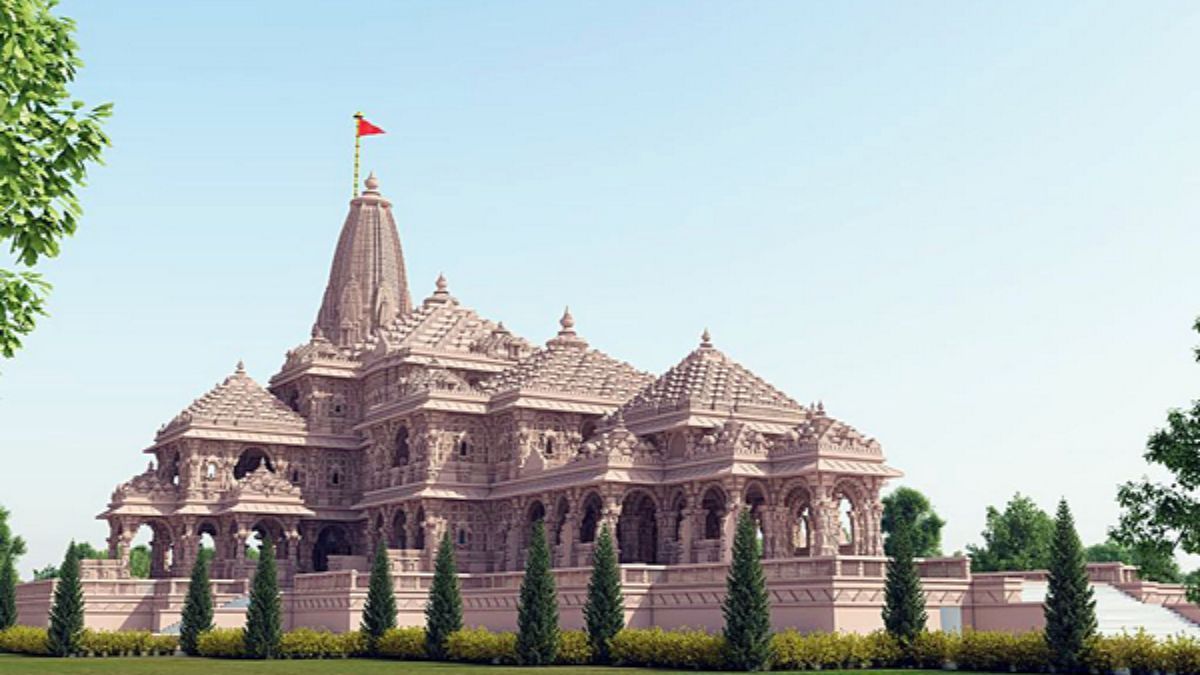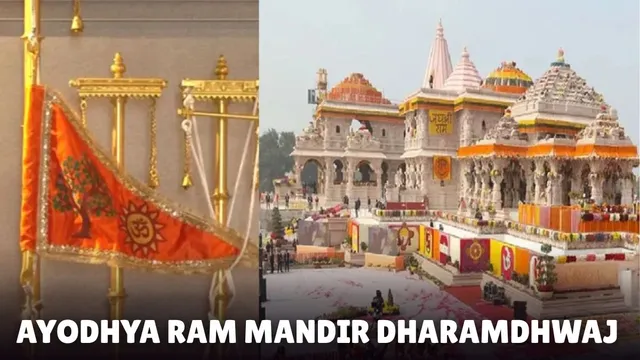- By Kashish Rai
- Tue, 25 Nov 2025 11:33 AM (IST)
- Source:JND
Ram Mandir Dhwajarohan 2025: The city of Lord Rama - Ayodhya is all set to witness another grand event, which is the Dharamdhwaj or Flag hoisting ceremony. Prime Minister Narendra Modi will hoist the saffron flag atop the sacred Shri Ram Temple in Ayodhya. This majestic Dhwaj or flag has been exclusively designed to mark the completion of the Ram Mandir. The Dharamdhwaj will be hoisted by PM Modi during the Abhijeet Muhurat on 25th November 2025, between 11:52 am and 12.35 pm.
This flag hoisting ceremony is a once-in-a-lifetime event, as the flag of the lineage of Ayodhya will be hoisted at the Ram Temple for the first time since the Treta yug. Vaishnav saints designed this sacred Dharamdhwaj flag after scripture study. It has unique parts with deep spiritual meanings. The saffron colour stands for sacrifice, and the Sun image shows Lord Shri Ram’s Suryavansh.
However, do you know why Hinduism places so much importance upon the flags atop every Hindu temple? Why is a flag so necessary in Sanatan Dharma, and what makes the flag-hoisting ceremony so sacred? Well, we will find an answer to this intriguing question below.
Recommended For You
Why Is There A Flag Above Every Hindu Temple?
The main reason for hoisting a flag atop a Hindu temple is to signify the presence of a specific divine power within the premises of the Mandir. The flag at a temple is a testimony to the temple's sanctity. It not only tells devotees who the deity is within the temple, but also indicates the temple's divine and spiritual energy. The choice of colours and symbols on the flag often corresponds to the deity enshrined within the temple. When devotees come to worship, they see the flag and are reminded of the divine power within themselves.
What Does Saffron-Coloured Temple Flag Represent?
In Sanatan Dharma temples, devotees will often see orange or saffron flags. These colours stand for tyag, or giving up worldly things. Saffron is linked to wise people who've turned away from everyday desires.
The flag represents leaving behind ego and giving yourself over to the divine, as many priests and saints have done. When people see the bright orange flag, it reminds them to control their desires and ego and to live a humble life.

The sacred Dhwaja or Flag atop every Hindu temple represents surrender and serves as a means to connect the cosmic worlds with the earth. (Image Source: File Image)
Deeper Spiritual Significance And Hidden Meaning Behind A Temple Flag
In Hindu tradition, the flagpole on a temple acts as a bridge between our world and the cosmos. It is also believed to be the Axis Mundi, a central point linking the earth, heavens, and the underworld. When the flag waves, it symbolises the continuous flow of divine energy and blessings from the heavens to the earth and its worshippers.
Specifications Of The Flag At Ayodhya Ram Mandir
The saffron flag of the Ram Mandir is believed to be 22 feet long and 11 feet wide. The flagstaff will be 42 feet tall. It will be hoisted at a height of 161 feet. Three symbols are also marked on the flag: the Sun, Om, and the Kovidar tree. This sacred Dharamdhwaj at Shri Ram Mandir is believed to symbolise the divine energies Sun God, who is closely related to the ancestral lineage of Lord Shri Rama.





